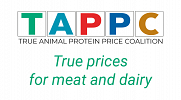Open letter to Ursula von der Leyen on climate goals Agri-Food and ETS
Letter to the attention of: Ms. Ursula von der Leyen, President of the European Commission
Urging the EU Commission to Establish a Carbon Reduction Target for Agriculture by 2040
and proposing an Agri GHG emission pricing system
23rd April 2024
Honourable President von der Leyen,
We, the undersigned, request your attention to the crucial matter of setting a carbon reduction goal for agriculture by the year 2040 and introducing a CO2 equivalent price for agri-food related greenhouse gas (GHG) emissions. Though recognizing the unique challenges faced by the agricultural sector in achieving both economic and climate goals, we believe that setting a target and mentioning the main policy instrument to realise the target, is of crucial importance to provide a clear roadmap to farmers and the food sector.
By 2027, all other EU sectors will have GHG-emission pricing in the form of an Emission Trading Scheme (ETS1 and ETS2), except the agri-food sectors. It is unfair that other sectors will have to reduce more GHG emissions, at very high costs, to compensate a lack of action in the agri-food sector. Several organisations recently recommend GHG emission pricing in food systems, such as the IPCC[1], the FAO[2], the Rousseau Institute[3], Food System Economics Commission[4] and the European Scientific Advisory Board on Climate Change[5].
We welcomed the Commission’s report[6] last November about options for an Ag-ETS and rewarding farmers for GHG emission reduction. The downstream option for slaughterhouses and dairy factories in a new Ag-ETS (with a CBAM EU-import tax on meat and dairy) was supported most by European stakeholders in a public consultation [7] (40% in favour, compared to only 6% opposed). Furthermore, the public consultation also shows a majority of stakeholders support carbon pricing of agri-food systems. The consultation among 580 stakeholders (organisations and individuals) shows that there are three times more proponents for a carbon price on agricultural emissions (54%), compared to opponents (16%). The option that farmers should be included in an ETS system and pay, got least support. GHG-emission Pricing in Agriculture is therefore not only supported by scientists and organisations globally, but also enjoys support among European stakeholders. So the EU Commission has a realistic option to act and include slaughterhouses and dairy factories in a new Ag-ETS system. See Figures 2 and 3 in the attachment.
Revenue generated by the Ag-ETS can be used to support farmers by funding the transition to environmentally, socially, and economically sustainable production methods. This kind of support should be focused on small and medium sized (family) farms below 150 livestock units to encourage extensive and organic farming methods, protect rural employment and discourage industrial farming methods. Revenue can also be used to support low-income households and improve environmental protection in the European Union. Similar to the ETS2, revenues from an ETS3 (Ag-ETS) can be used partially for a Social Climate Food Fund to compensate low-income groups, companies and countries that are impacted most by an Ag-ETS.
We trust our letter will be taken into serious consideration, in EU decision making processes and within the Strategic Dialogue on the Future of Agriculture. We urge you to prioritize the integration of a robust carbon reduction goal for agriculture, coupled with a carbon pricing mechanism and supportive subsidies, to foster a sustainable and climate-friendly agricultural- and food sector. Thank you for your attention. We look forward to witnessing the European Union's commitment to a greener and more sustainable future.
Sincerely,
Jeroom Remmers, Director True Animal Protein Price Coalition
On behalf of Caring Farmers, the European Alliance of Plant-based Foods, Youth and Environment Europe (YEE), Ecopreneur.eu, European Vegetarian Union, Proveg International, Green Impact, Compassion in World Farming EU, Federazione Nazionale Pro Natura, Questionmark, Real Food Systems, Deutsche Stiftung Meeresschutz, TransiTerra (France), Union Vegetariana Espanola and Food Transition Coalition (TCV).
The PDF version of the letter can be found here.
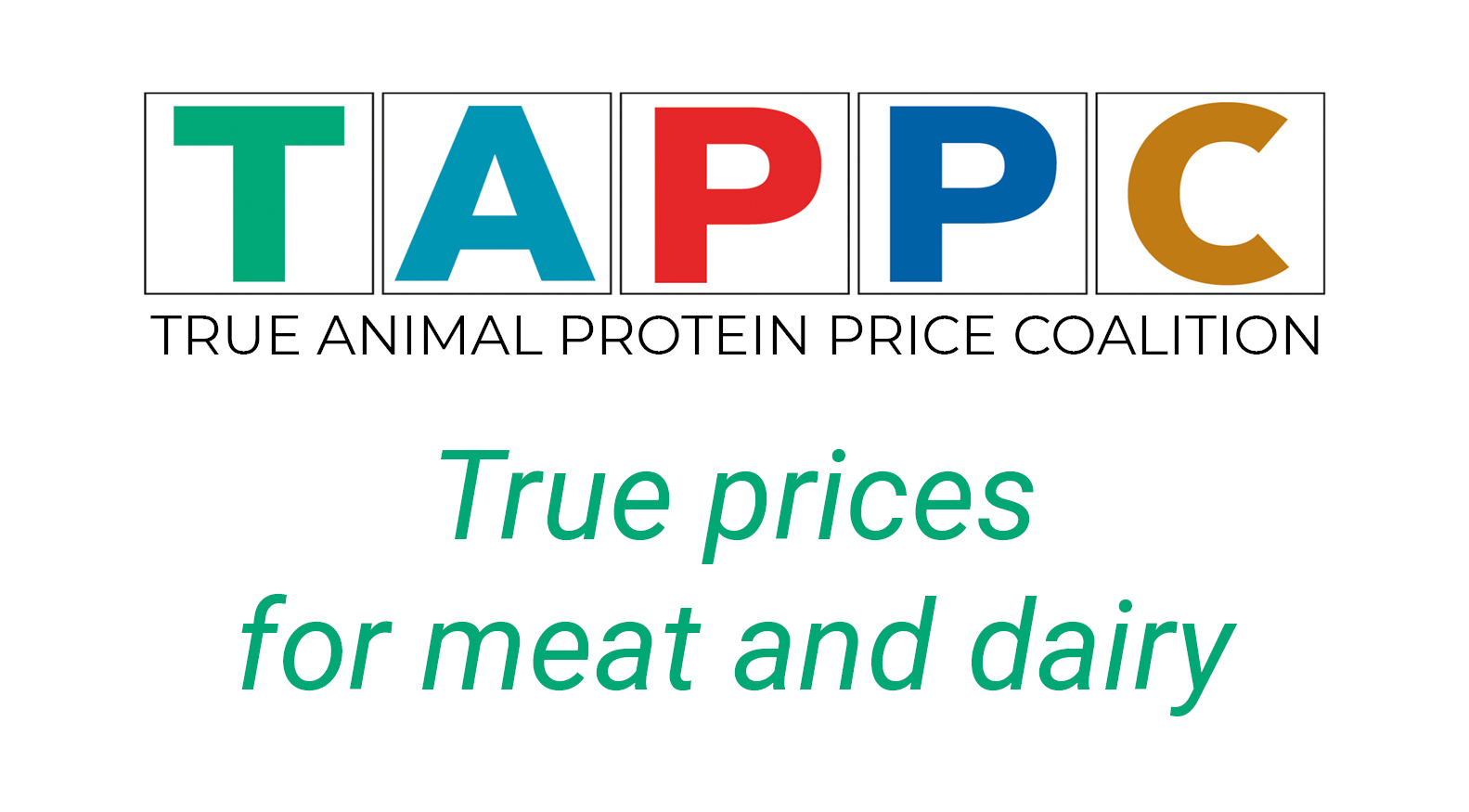





![]()
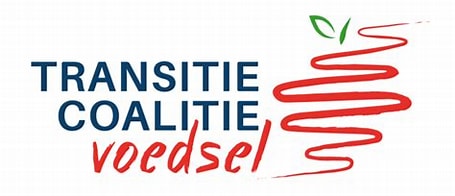

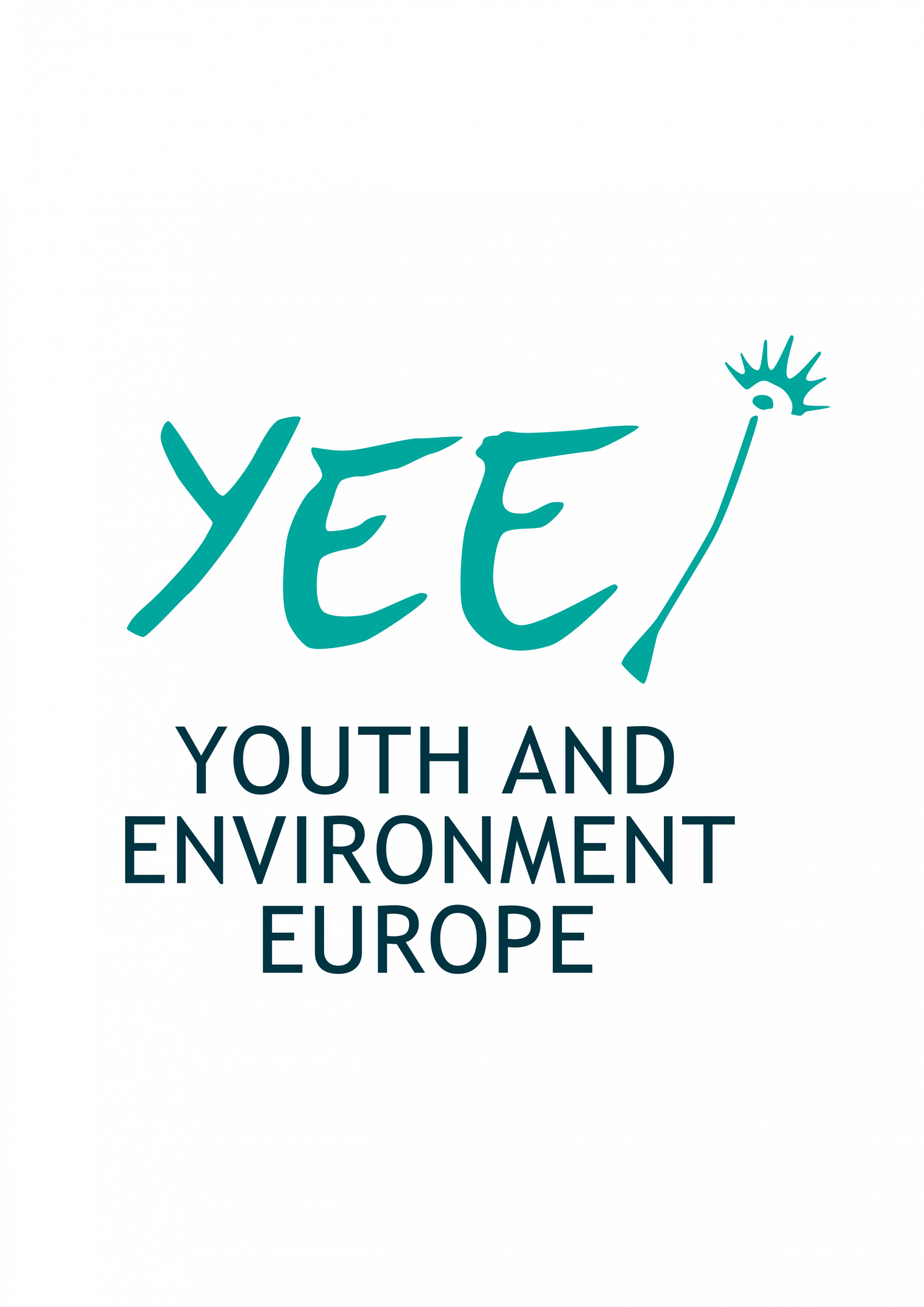


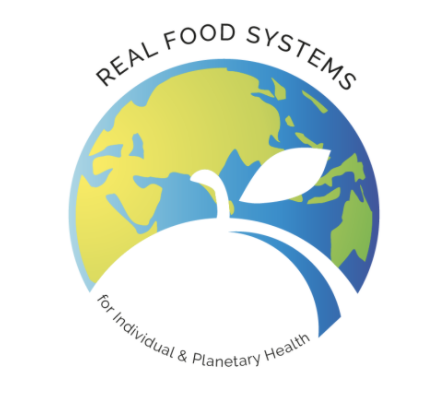

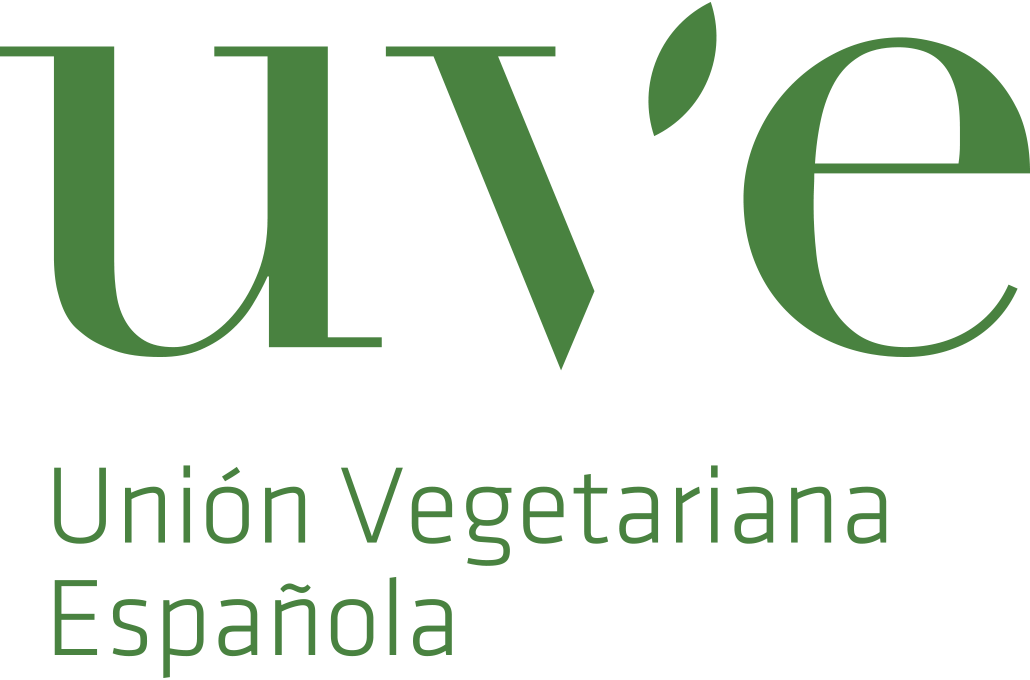

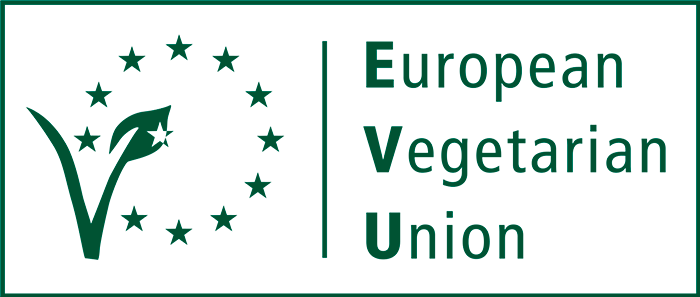
Letter in copy to:
Mr. Janusz Wojciechowski, EU Commissioner Agriculture
Mr. Wopke Hoekstra, EU Commissioner Climate Action
Mr. Virginijus Sinkevicius, EU Commissioner Environment, Oceans and Fisheries
Mrs. Stella Kyriakides, EU Commissioner Health and Food Safety
Mr. Johannes Hahn, EU Commissioner Budget and Administration
Mr. Maroš Šefčovič, EU Commissioner EU Green Deal
EU Parliamentarians (ENVI/Agri)
Prof. Em. Dr. Peter Strohschneider, Chair Strategic Dialogue on the Future of EU Farming
About TAPP Coalition
True Animal Protein Price Coalition (TAPP Coalition) is the voice of the 3000 companies and 1.6 million Europeans in 10 European countries represented by the partner organisations of TAPP Coalition. We represent different sustainable farmer organisations, environmental and health organisations, youth groups and food companies, on the topic of fair food pricing in the European Union, including external environmental costs (e.g. CO2). Created in 2019, TAPP Coalition is leading the debate in Europe on a VAT reform of food products (with 0% VAT for vegetables, fruit, vegan meals and the highest VAT for food with negative impact on environment or public health), meat taxation and an Ag-ETS for slaughterhouses and dairies, with ETS revenues from auctioning for sustainable and organic farmers, agro-biodiversity and carbon farming.
Attachment
According to the EEA (2023), approximately 384 Mt CO2eq, or 13.2% of total net GHG-emissions of the EU-27 in 2021, can be directly attributed to the agricultural sector (as defined in the emission inventories). Some 80% of EU diet related GHG-emissions is from meat and dairy.
Between 1990 and 2015, GHG emissions from the agriculture sector declined by 20%, but after 2005 emissions were stalling, according to the EEA. In line with the impact assessment carried out by the EU Commission, supporting its communication on the 2040 climate targets (presented 6th February 2024) a reduction target for non-CO2 emissions in agriculture by at least 30% by 2040 (compared to 2015 levels) is needed as a minimum to reach the overall target of -90% net GHG emissions. However, we believe that this reduction target, is not ambitious enough and not fair compared to other sectors.
The 6th of February 2024, the European Commission presented its Climate Target 2040, constituting a 90% decrease in net GHG emissions (compared to 1990). However, in the relevant graphic presented, it can be seen that for EU agriculture, there is nearly any reduction proposed for 2040 and 2050, compared to reductions for energy, industry, buildings and transport (see Figure 1). This can’t be justified by claiming that agricultural emissions are hard to abate, since nearly climate neutral (livestock) farms exist too (e.g. Kipster egg farms). We would like to ask the EU Commission on what basis the level of residual agricultural emissions is determined and what is considered non-abatable? We recommend a more ambitious 2040 goal for the agriculture sector. We urge you to provide a clear roadmap for the European agri-food sector with goals and pricing policies. By 2027, all other EU sectors will have GHG-emission pricing in the form of an Emission Trading Scheme (ETS1 and ETS2), except the agri-food sectors. It is unfair that other sectors will have to reduce more GHG emissions, at very high costs, to compensate a lack of action in the agri-food sector. Several organisations recently recommend GHG emission pricing in food systems, such as the IPCC, the FAO, the Rousseau Institute, the Food System Economics Commission and the European Scientific Advisory Board on Climate Change.
We welcomed the Commission’s report last November about options for an Ag-ETS and rewarding farmers for GHG emission reduction. The downstream option for slaughterhouses and dairy factories in a new Ag-ETS (with a CBAM EU-import tax on meat and dairy) was supported most by European stakeholders in a public consultation (40% in favour, compared to only 6% opposed).
Furthermore, the public consultation also shows a majority of stakeholders support carbon pricing of agri-food systems. The consultation among 580 stakeholders (organisations and individuals) shows that there are three times more proponents for a carbon price on agricultural emissions (54%), compared to opponents (16%). The option that farmers should be included in an ETS system and pay, got least support.
GHG-emission Pricing in Agriculture is therefore not only supported by scientists and organisations globally, but also enjoys support among European stakeholders. So the EU Commission has a realistic option to act and include slaughterhouses and dairy factories in a new Ag-ETS system. See Figures 2 and 3 in the attachment.
EU slaughterhouses and dairy factories were responsible for 245.4 Mt CO2 eq emissions in 2021 produced for their meat and dairy products, according to the Ag-ETS report (emissions from enteric fermentation and manure). Similar to other ETS systems, an annual linear reduction of 4,4 percent per year for the Ag-ETS could be applied after 2028 to reduce the GHG-emission cap each year. If an Ag-ETS would start by 2030 with 245,4 Mton emissions, this would lead to a reduction of 44% GHG emissions in 2040 and 82% in 2050.
Revenue generated by the ETS can be used to support low-income households and improve environmental protection in the European Union. Similar to the ETS2, revenues from an ETS3 (Ag-ETS) can be used partially for a Social Climate Food Fund to compensate low-income groups, companies and countries that are impacted most by introducing an Ag-ETS. Even though research has shown that a downstream Ag-ETS would only have a very small impact on food prices for meat and dairy, we believe compensation for low-income groups is vital for this policy. Impact studies indicate that a CO2 eq price of 56 euro/ton for EU livestock would increase overall food budgets in the EU-27 with 1,59%. The revenue can also be used to support farmers by funding the transition to environmentally, socially, and economically sustainable production methods. This kind of support should be focused on small and medium sized (family) farms below 150 livestock units to encourage extensive and organic farming methods, protect rural employment and discourage industrial farming methods. Innovative actors within ETS systems who reduce GHG emissions faster than their peers, can earn money by selling permits to other actors. A downstream Ag-ETS could be limited in the first 5 years to products from industrial farms only (over 150 livestock units; covering 43% of methane from EU livestock farms), and products from farms with over 100 livestock units after 2035, while excluding organic products to make sure a future Ag-ETS would not conflict with the goals for the EU action plan to increase organic farming methods.
Emission pricing will disincentivize the consumption of high-emission products and encourage diets that are healthier for people and planet. The system’s revenue will play a pivotal role in making climate-friendly food more accessible and affordable, aligning with broader sustainability, social, health and economic objectives. We believe that integrating a fair and effective carbon pricing system in agri-food sectors, similar to other sectors, will encourage sustainable practices and contribute significantly to the overall reduction of greenhouse gas emissions.
Figure 1: Greenhouse Gas Emissions in the Period 2015-2050
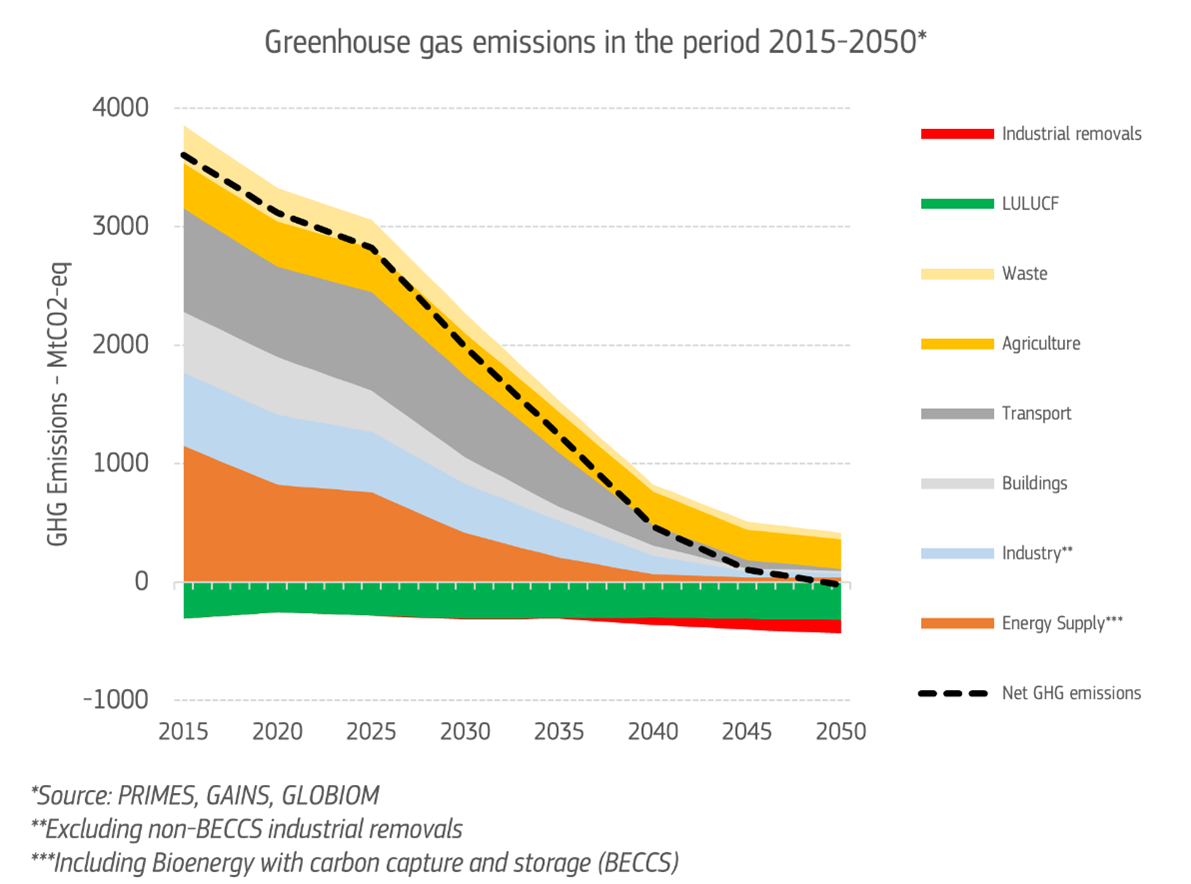
Figure 2: which actor should pay a carbon price for agricultural emissions
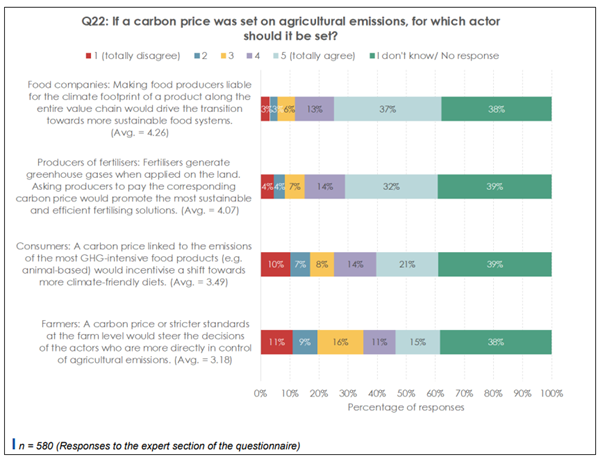
Figure 3: the role of carbon pricing and other options to reduce agricultural emissions.

[1] IPPC's latest Climate Report: A consumer tax on meat might be the solution - True Animal Protein Price Coalition (tappcoalition.eu)
[2] Response to COP28 Agri-Food Agreements and FAO Roadmap to net-zero - True Animal Protein Price Coalition (tappcoalition.eu)
[3] Rousseau Institute report CO2-neutral Europe: meat taxes needed - True Animal Protein Price Coalition (tappcoalition.eu)
[4] Home - Food System Economics Commission
[5] EU climate Advisory Board: focus on immediate implementation and continued action to achieve EU climate goals (europa.eu)
[6] Looking at how to mitigate emissions from agriculture - European Commission (europa.eu)
[7] EU climate target for 2040 (europa.eu). Page 54 and 55 in In-depth report on the results of the public consultation on the EU climate target for 2040 - Publications Office of the EU (europa.eu)
